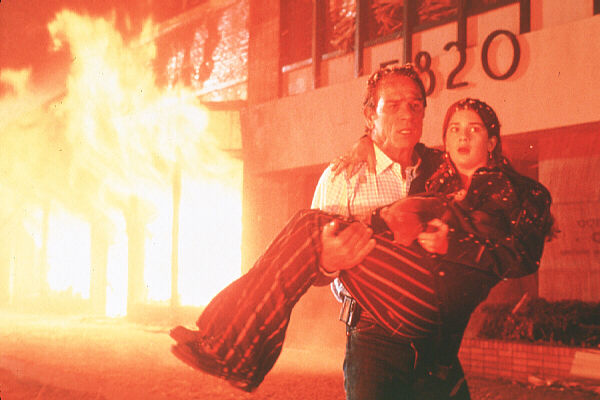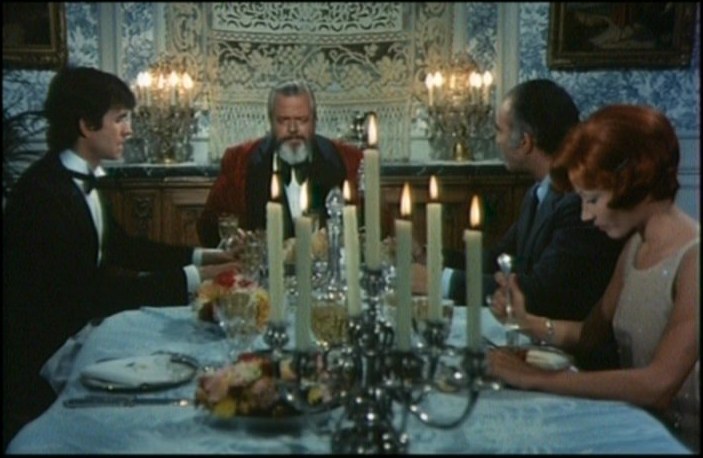
Ingmar Bergman’s The Virgin Spring (1960) is as much about vengeance as any of Mickey Spillane’s novels about Mike Hammer, but whereas Spillane described a very physical revenge, an attitude of eye for an eye, Bergman describes a much more spiritual revenge based on internal elements. The film is very much a wheel of emotions, and the burden of hate passes from character to character, progressing the narrative. Essentially, the film could be broken into three parts, where the wheel passes from person to person.
The cycle begins with Ingeri, a maid several months pregnant from a rape. She is asked to accompany to church Karin, the virginal daughter of her employer’s family. Karin, naïve to the hurt and shame of rape, angers Ingeri, who abandons the trip shortly after it starts. Ingeri gets her revenge when she witnesses two brothers who rape and murder Karin, and a third brother who stands and watches.
The cycle continues with the brothers, who flee after stripping Karin of her fine clothes. They are vagabonds and orphans, physically and spiritually starved and abused. They stop the night at a farm that is, unbeknownst to them, the home of Karin. When they try to sell her mother the clothes they stole, she recognizes the garments and shows them to her husband. The cycle ends with him, who takes his vengeance on the three brothers, unmercifully so.
Essentially, the film deals with misanthropy, and questions its roots. Is it not just a projection of unfulfilled desires on to others? All of the characters experience a physical and spiritual loss, something that can’t be restored, and something incomprehensible unless it happens to you. And that is what motivates the characters: to instill in others the unexplainable pain they feel in themselves.
The difficulty of communication, which is at the heart of The Virgin Spring, is also at the heart of many of Bergman’s films, Persona (an actress who gives up speaking), Scenes from a Marriage (the process of divorce allows a couple to finally speak the truth to each other) and Autumn Sonata (a mother and daughter confront childhood dilemmas that went ignored for decades), amongst many others. To articulate honestly is, for Bergman, man’s highest aspiration, something that even God must overcome: his silence can comfort for only so long. Words, eventually, are necessary. Physicality is the hardest iteration to achieve.













